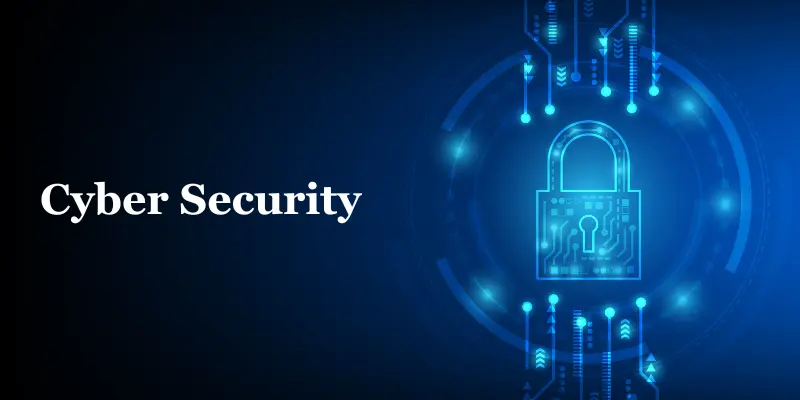
Blockchain technology initially developed to support digital currencies like Bitcoin, has garnered significant attention across various industries for its potential to revolutionize data security. The decentralized ledger system is celebrated for its robustness, transparency, and resistance to tampering, rendering it an appealing solution for enhancing cyber security. As the demand for advanced security measures grows, professionals and enthusiasts increasingly seek educational opportunities, such as a Cyber Security Course in Chennai offered by FITA Academy, to stay abreast of these innovations. This blog explores how blockchain technology can be leveraged to bolster cyber security measures, protect sensitive information, and mitigate cyber threats.
Introduction to Blockchain Technology
Enhancing Data Integrity and Transparency
One of blockchain technology’s core strengths is its ability to enhance data integrity and transparency. Each transaction recorded on a blockchain is immutable and time-stamped, ensuring the data remains unchanged and verifiable. This characteristic is crucial for industries that handle sensitive information like finance, healthcare, and supply chain management. By employing blockchain, organizations can create an immutable audit trail, making detecting unauthorized changes and fraudulent activities easier.
Decentralization and Reduced Attack Surface
Traditional centralized systems are vulnerable to cyber attacks, as they present a single point of failure. Blockchain’s decentralized nature mitigates this risk by distributing data across a network of nodes. This decentralization reduces the likelihood of successful attacks, such as Distributed Denial of Service (DDoS) attacks, because there is no central server to target. Furthermore, the consensus mechanisms employed in blockchains, such as Proof of Work or Proof of Stake, ensure that transactions undergo validation by multiple nodes, thereby enhancing security.
Secure Identity Management
Blockchain technology can revolutionize identity management by providing a secure and decentralized verification method. Traditional identity management systems are often vulnerable to breaches, leading to theft and fraud. As professionals seek to enhance their cybersecurity expertise, enrolling in a Cyber Security Course can provide insights into how blockchain can address these vulnerabilities. Blockchain enables self-sovereign identity systems, where individuals control their digital identities without relying on central authorities.
Smart Contracts and Automated Security Protocols
Smart contracts are self-executing contracts with the terms of the agreement directly written into code. These contracts automatically enforce and verify transactions without the need for intermediaries. In cyber security, smart contracts can automate security protocols, such as access control, data sharing, and transaction verification.
Overcoming Challenges in Blockchain Adoption
While blockchain technology offers numerous benefits for cyber security, its adoption comes with challenges. Issues such as scalability, regulatory acceptance, and interoperability between blockchain platforms must be addressed. Ongoing research and development and collaborative efforts between industry and regulators are crucial. These efforts are necessary to overcome these hurdles and unlock blockchain’s full potential for cyber security.
Blockchain technology holds immense potential for enhancing cyber security across various sectors. Its decentralized nature and ability to ensure data integrity, transparency, and secure identity management make it a powerful tool for protecting against cyber threats. As cyber-attacks become increasingly sophisticated, adopting blockchain technology could play a pivotal role in safeguarding sensitive information and maintaining the integrity of digital systems. For those looking to specialize in this area, an Advanced Training Institute in Chennai offers courses that delve into the practical applications of blockchain in cyber security.
Also Check: Top 10 Technology Trends in 2024
: Passing null to parameter #1 ($string) of type string is deprecated in <b>/home/sqltraininginche/domains/sqltraininginchennai.com/public_html/wp-includes/formatting.php</b> on line <b>4467</b><br />
)